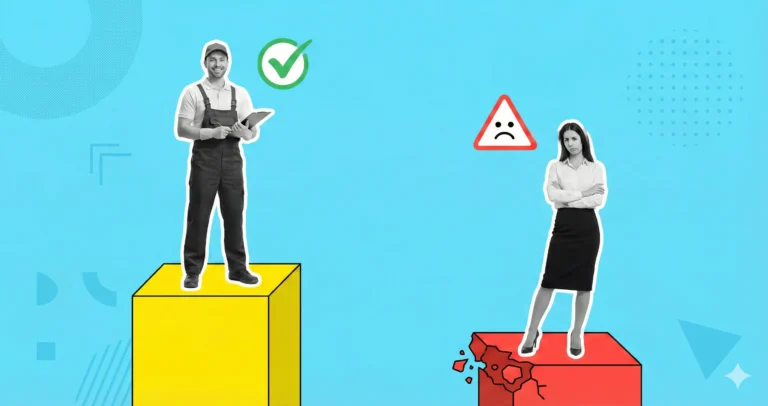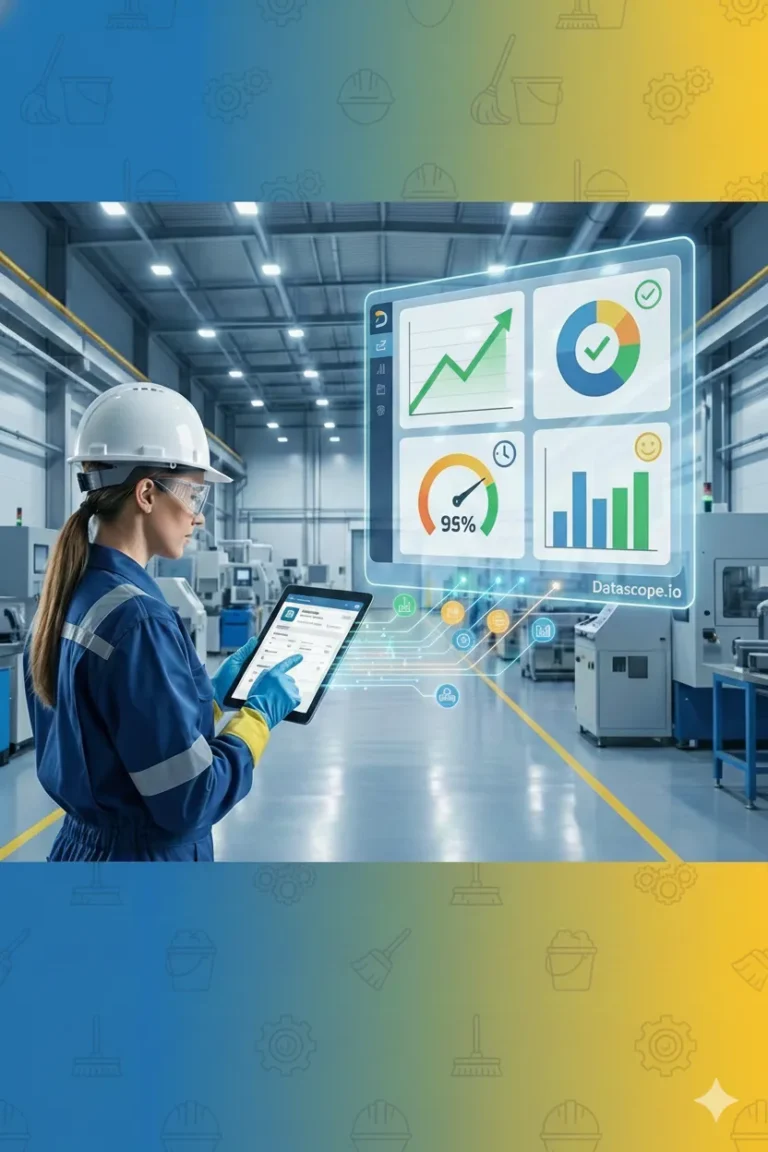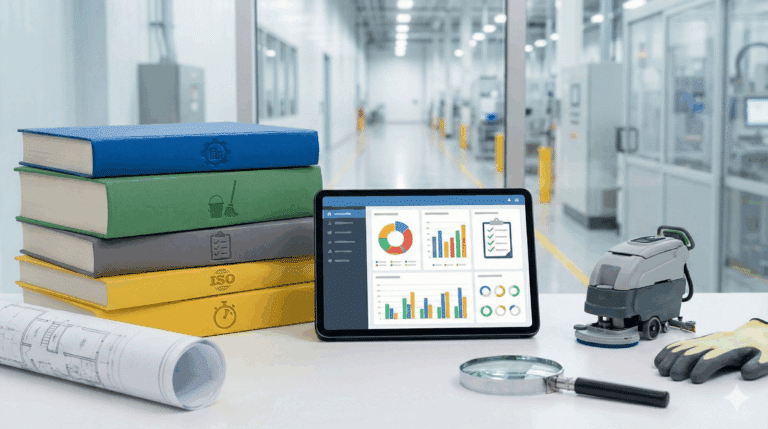Last November 4 was World Paper Free Day. We shouldn’t think this is just another day, so it’s important to think how do we use paper daily, and we should evaluate if it’s convenient to go paperless given the advantages the digitalization of documents and processes can bring.
Every year American office workers print enough paper to reach halfway to the moon. It’s a reality: the dependence on paper is still very strong among office workers around the world, and becoming paperless will be necessary to overcome the resistance to the digital world.
According to ITProPortal, these organizations consider that “Paper is useful; it gives us a physical record of a document, event or piece of information. We can read it, mark it up, proof it and share it with others. We can file it with other similar documents and (…) the tactile experience of reading on paper can help us to navigate long texts in an intuitive and effective way – something that is difficult to replicate on a screen”.
On the long term however, the paperless trend is opening its own spaces, and slowly the addiction to paper is winding down. According to Information Age, a worldwide survey carried out by AIIM into the progress of how 200,000 of its members were moving towards a paper-free workplace showed that two-thirds of respondents say the demand for paperless processes in their organisation is going up, while for half of organisations the amount of paper being consumed is decreasing.
But why go paperless? What specific advances can a company achieve by joining the transformation from the physical to the online or mobile format?
Multichannel Capture
Capturing documents and data at the point-of-origination is usually the start to eliminating paper flooding an organization. Aside from environmental concerns, the biggest driver of scanning and data capture is improved searchability and shareability. To accomplish this, organizations use optical character recognition (OCR) with the ability to capture unstructured data such as handwriting. Mobile capture is the primary innovation driving the transition of capture from traditional back scenarios to point-of-origination customer engagements.
More and more companies are focused on utilizing mobile apps to initiate and support services, such as taking a photo of a driver’s license and submitting it through a bank’s mobile app to open a new account. AIIM found 39 percent of survey respondents are in the planning stages for mobile projects.
Enterprise Content Management
Enterprise content management (ECM) software helps enterprises direct and control the entire lifecycle of documents, video and other forms of content once they are captured electronically – whether they reside on premises or in the cloud. ECM helps organizations to go paperless with direct and effortless connection to the precise information knowledge workers need at the moment they need it.
This empowers the employee to work smarter and provide omnichannel interactions that customers expect.
E-Signature Technology
Customer signatures are a nearly universal element of a business engagement and are often the reason people need to print documents even when received electronically. However, a “wet” signature, physically written in ink, is becoming less necessary as electronic signatures become more accepted. E-signature use is growing among several industries striving to go paperless to optimize processes and the customer experience, such as those in mortgage loans, insurance policies and banking services.
According to AIIM, 79 percent of organizations agree that all businesses should have an e-signature mechanism. With e-signatures, not only is paper usage reduced, but signature processes are shortened by as much 90 percent with signature cycles completed in minutes rather than hours or days.
Smart Process Automation Platforms and Smart Workflows
While most organizations have taken a few steps toward paperless processes, they have miles to go in modernizing their most critical business processes. The backbone systems that still run most enterprises weren’t designed for the speed, collaboration, adaptability and self-service capabilities required to satisfy today’s customer.
This is the primary reason progressive organizations are turning to smart process application (SPA) platforms. SPA platforms offer multichannel capture and output, process management, workflow, collaboration and actionable insight into processes on a single unified platform. SPAs can integrate with existing systems and sit comfortably alongside existing technology investments.
By bringing together disparate technologies into a modern, unified platform, companies can fully digitize information-intensive, customer-facing business processes such as accounts payable, mortgage origination, new client onboarding and claims.
Fast Results from Process, Workflow
Organizations see results quickly. According to AIIM, 84 percent of organizations that invested in process optimization and workflow received payback in less than 18 months.
CMS Wire states that going paperless is just the beginning. By digitizing all critical, outward-facing business processes, an organization can improve process visibility, achieve operational excellence, increase customer engagement and gain business agility. And keep stacks of paper from reaching the moon.
Download the DataScope app and start now!
DataScope is the ideal tool to eliminate paper use, save time, and efficiently collect data from the field. It allows companies to streamline, organize and evaluate field work thanks to its online forms, which provide indicators in real time, 100% adaptable to any area.
With DataScope, your team can answer custom mobile forms from their phones or tablets, online or offline, through the app.






